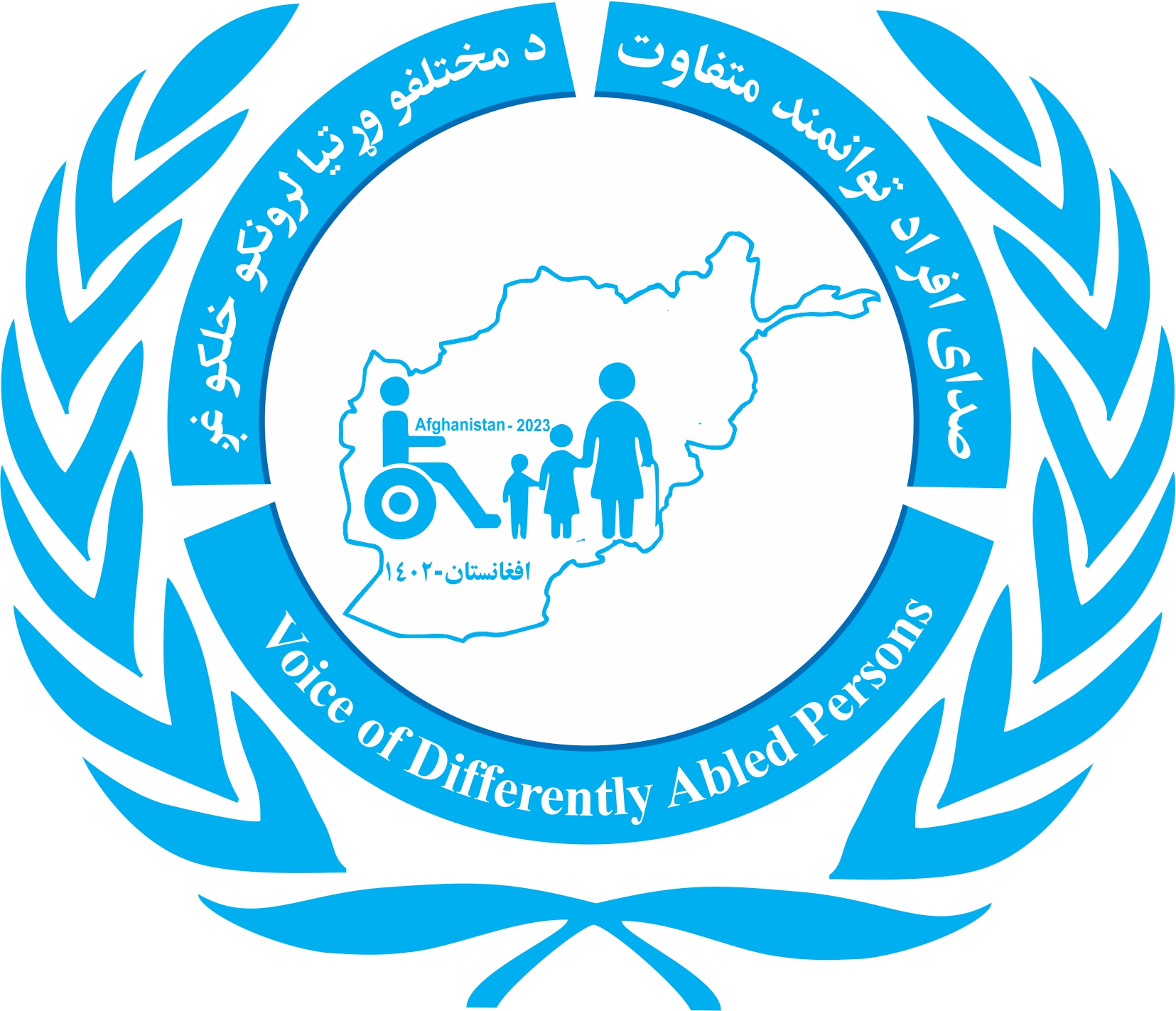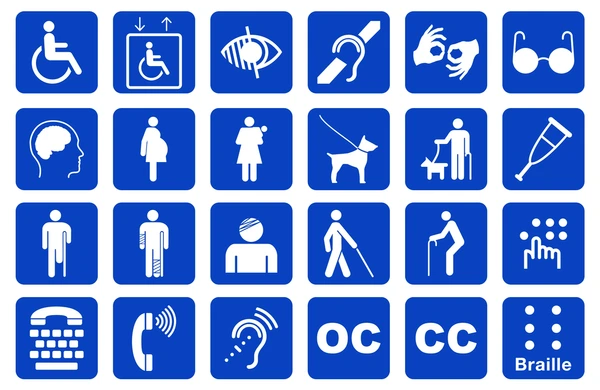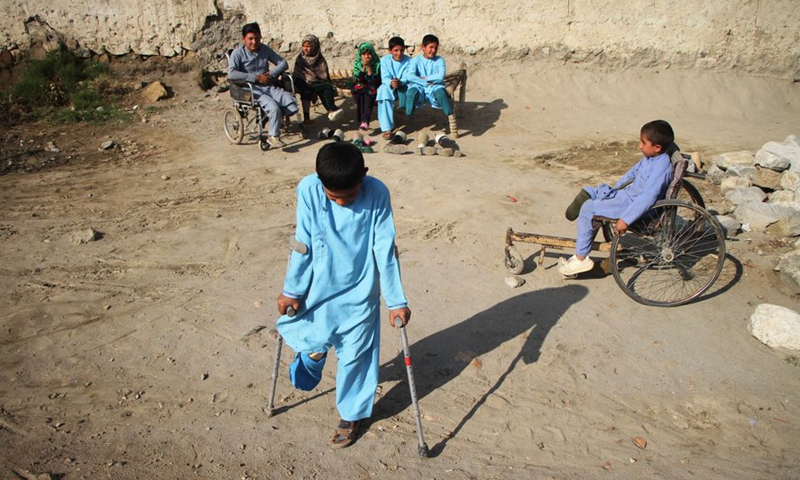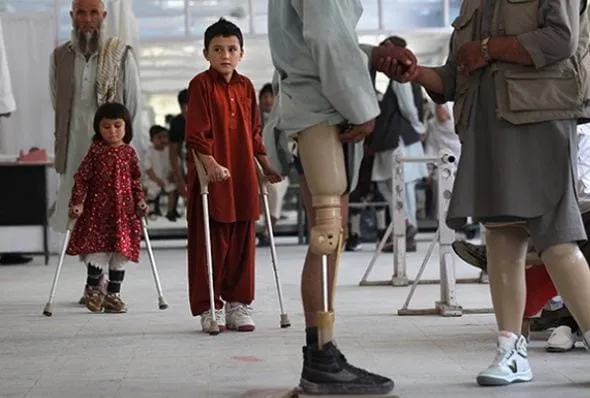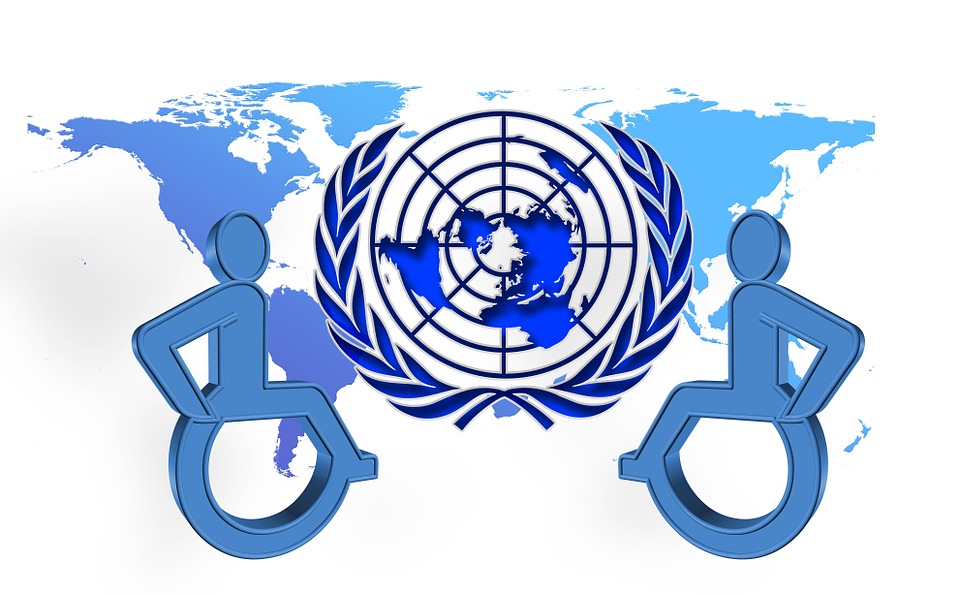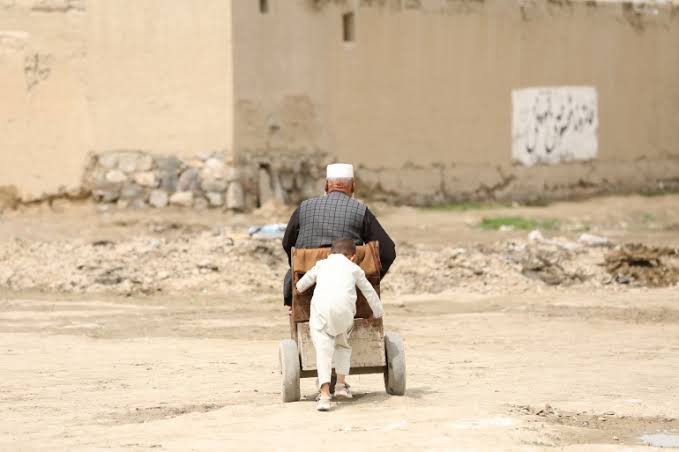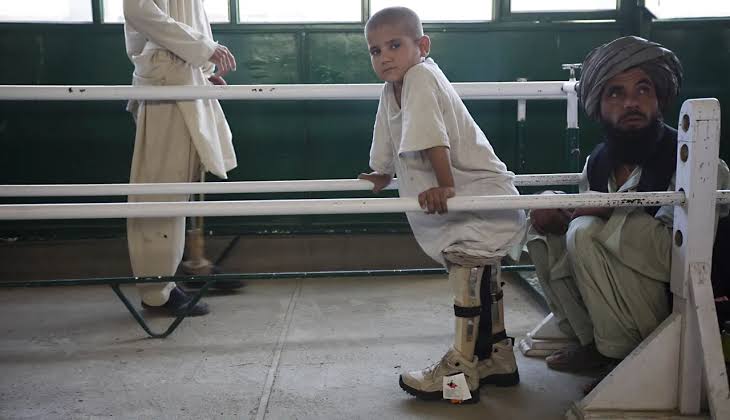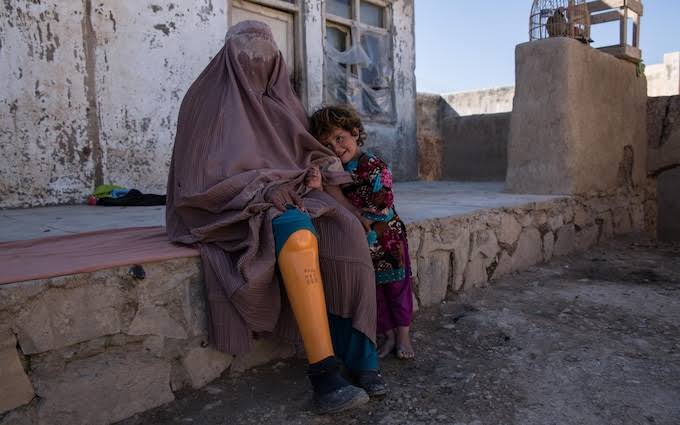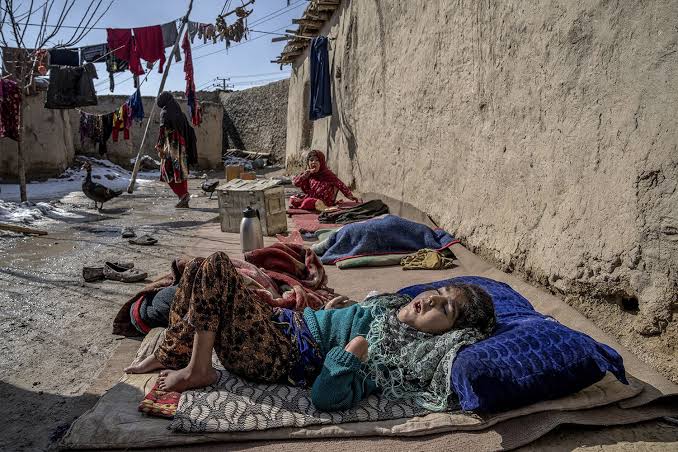Disability in Afghanistan
Disability in Afghanistan
Disability in Afghanistan presents significant challenges due to decades of conflict, violence, and inadequate infrastructure. Many individuals are affected by war injuries, health issues like polio, and untreated infections. Social stigma further marginalizes people with disabilities, limiting their access to education, employment, and social participation. Poverty and inaccessible infrastructure exacerbate their struggles, while weak enforcement of disability rights laws hampers progress.
International NGOs have made strides by providing medical care, vocational training, and advocating for policy reforms. Promising initiatives, such as polio eradication and inclusive education programs, offer hope. However, Afghanistan needs stronger advocacy, better infrastructure, and greater efforts to combat stigma and discrimination to ensure meaningful inclusion for people with disabilities.
The Profound Impact of War on Disability in Afghanistan
The impact of war on disability in Afghanistan has been profound, with decades of conflict causing widespread physical and psychological disabilities. From the Soviet invasion in the 1980s to the civil war, the rise of the Taliban, and recent conflicts, the country has faced numerous challenges that have left a lasting toll on its people. The most visible consequence has been the high rate of physical injuries caused by landmines, unexploded ordnance, airstrikes, and direct combat, leading to amputations, paralysis, and other disabilities. Beyond physical injuries, the psychological impact of war has been severe, with widespread mental health disorders like PTSD, depression, and anxiety affecting not only those directly injured but also entire communities. The war has also devastated the healthcare system, making it difficult for people with disabilities to access the care they need, while economic challenges and the lack of accessible infrastructure have further marginalized disabled individuals. Displacement has isolated many, leaving them without necessary support systems, while women and children have been disproportionately affected, with many facing gender-based violence and additional hardships. International aid efforts have provided some relief, but the overwhelming demand and logistical challenges mean that many people with disabilities remain without adequate support. The war's legacy continues to affect disability rates in Afghanistan, requiring urgent humanitarian aid and long-term reforms to address healthcare, infrastructure, and social inclusion for those affected.
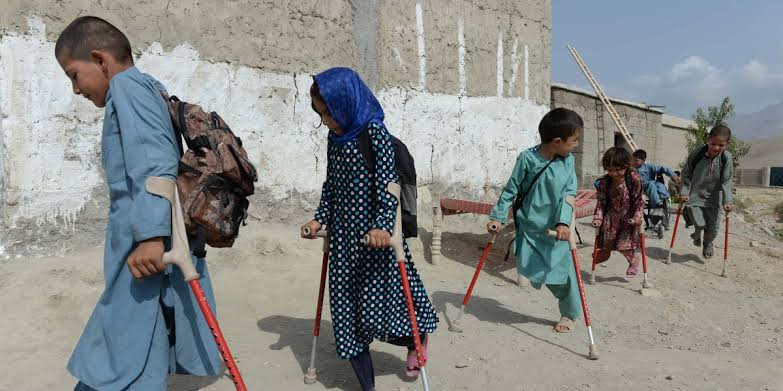
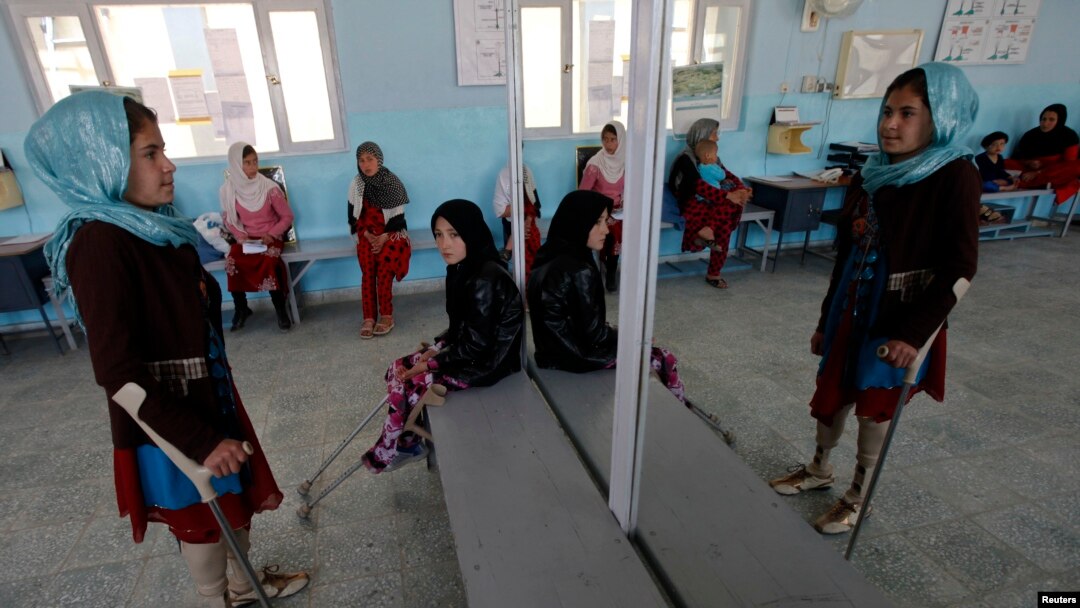
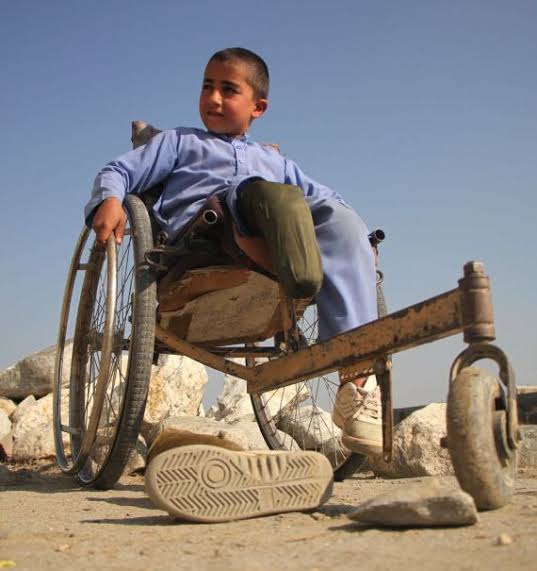
Information technology (IT) has transformed the lives of people with disabilities by enhancing accessibility, communication, education, and employment. Tools like screen readers, voice recognition software, and adaptive hardware provide greater independence and inclusion. IT enables remote work, e-learning, and social connectivity through digital platforms, breaking barriers to participation. In healthcare, telemedicine and health-tracking apps improve access to services. While challenges like the digital divide and financial constraints persist, IT has empowered individuals with disabilities and advanced disability rights, highlighting the need for continued innovation and inclusivity.
Mission of Voice of Differently Abled Persons, (VODAP) , Afghanistan
The Voice of Differently Abled Persons, Afghanistan (VODAP) advocates for the rights, dignity, and inclusion of individuals with disabilities, especially those affected by conflict, landmines, and health challenges like polio. VODAP works to eliminate stigma, promote legal protections, and ensure equal access to education, employment, healthcare, and social participation. Key objectives include advocating for disability rights laws, supporting economic and social inclusion, providing rehabilitation services, and fostering partnerships with national and international stakeholders. Despite challenges, VODAP remains committed to empowering persons with disabilities and driving meaningful change for a more inclusive Afghan society.
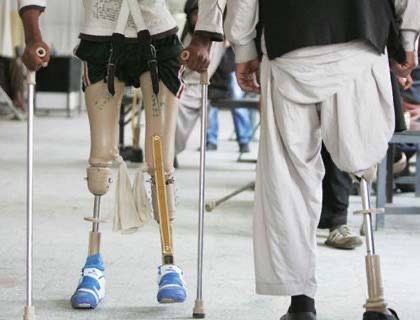
International Legal Frameworks for Disability Rights: Ensuring Equality, Inclusion, and Protection for All
The international framework for disability rights is anchored by key treaties like the UN Convention on the Rights of Persons with Disabilities (CRPD), emphasizing non-discrimination, accessibility, and equality. Complementary instruments include the Universal Declaration of Human Rights (UDHR), ICCPR, ICESCR, and the 2030 Agenda for Sustainable Development, all promoting the inclusion of people with disabilities. Regional initiatives, such as the European Disability Strategy, and advocacy by civil society enhance these efforts. While significant progress has been made, challenges in implementation persist, requiring continued global cooperation and advocacy to ensure true inclusion and accessibility.
